Exploring Exterior Options: Guide to exterior building materials selection
- 07 Sketches
- Jan 9, 2024
- 4 min read
‘Most decisions are made in the preliminary design and design phase. In the stages after that, material choices don’t change, at least not for structure and façade’ --- (Architect, Germany)
True enough that even in the preliminary stages of conceptualizing the project, the selection of materials accentuated from the early phase. Thus, the type of exterior that you choose will depend on many factors such as the function or the purpose of the building, and its location.
Here are some of the material selections you can consider for your next project:
Materials Selection
Bricks. Over the years, bricks evolved with new innovations. Originally, it dates back 5000 years ago and its functionality, durability and aesthetic appearance remains unchanged. As the process of how the bricks are produced continually progressed also. There are tons of new innovations already when it comes to considering bricks with your exterior façade.
These are the following modern innovation of bricks:
Mortarless Bricks - Exteriors made of mortarless brick provide a sleek, contemporary appearance. They are resilient to weather damage and minor knocks. Costs are reduced since a qualified masonry contractor is not needed to apply mortarless brick veneer.
Glazed Brick - Bricks that have been glazed and come in an array of vibrant hues are occasionally utilized for their striking visual impact or resistance to graffiti. They are either produced using a two-step procedure that entails the first fire of the green brick till it reaches the biscuit stage, then a second firing after applying a slip glaze.
Synthetic Stone Veneer. Real stone can break upon impact. Synthetic stone will not break nearly as easily, and it looks just like the real stone and is very realistic. They are flame resistant and waterproof too.
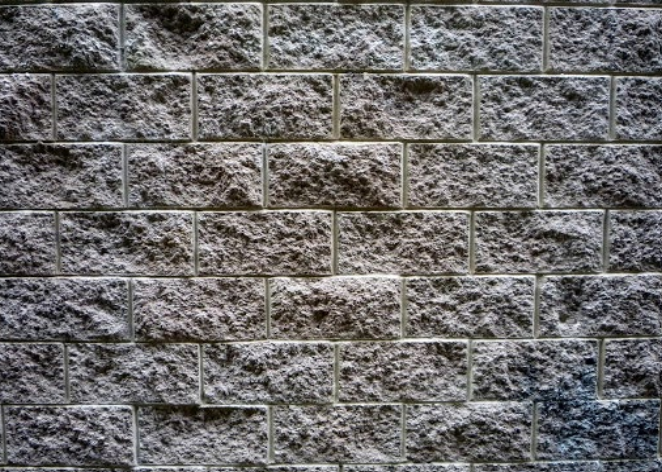
Concrete blocks. Economically available concrete blocks come in a wide range of densities and weights, with various qualities including thermal insulation, sound absorption, and load-bearing capacity. Split-face concrete block exteriors are achieved by splitting concrete blocks during the production process. These multicolored concrete masonry units are as durable as concrete that is several inches thick. Concrete blocks with split faces give an air of rustic charm.
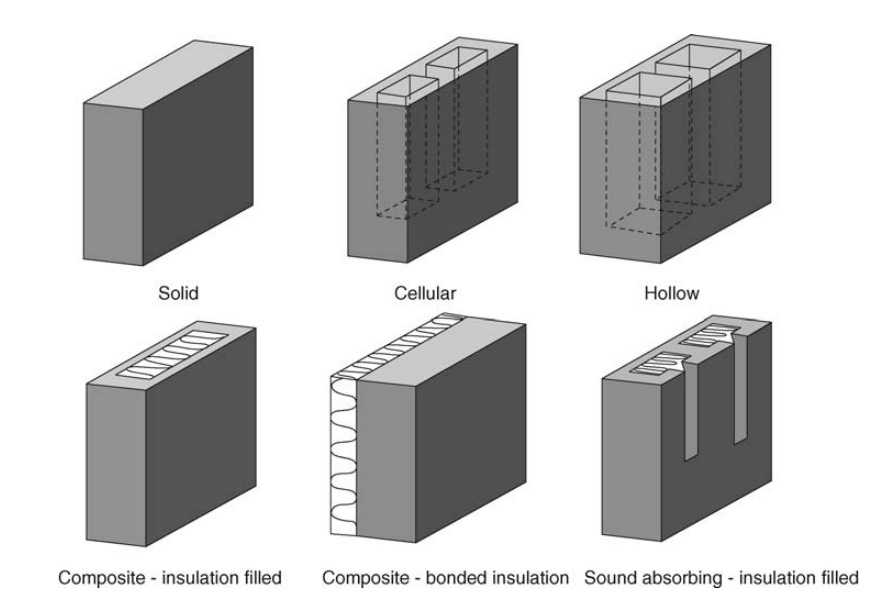
When it comes to the type of bonds that is used, standard practice calls for a running half-block bond; however, for aesthetic purposes, this could be lowered to a quarter bond.

Concrete brick banding can be used in block-work, however it is not a good idea to combine clay and concrete bricks due to variations in heat and moisture movement. Infill panels within framed constructions may be attached using simpler forms like basket-weave bond, as well as horizontal and vertical stack bonds.
Additionally, movement joints are also needed above and below wall openings, next to movement joints in the next building, and whenever the thickness, height, or loading of walls varies.
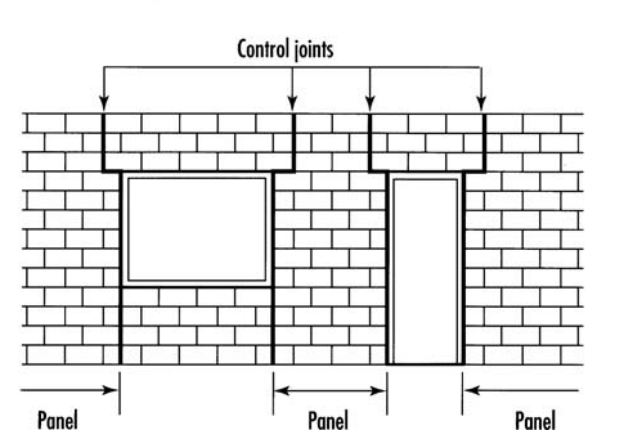
Architectural Metals. Architectural exterior metal sheets are low maintenance yet stylish. They are resistant to fire, and the thicker the material, the less likely it is to ding. Industrial parks are no longer the only places to find metal exteriors, which combine strength and beauty in a stunning way. When paired with additional external materials, it creates an intriguing and appealing structure.
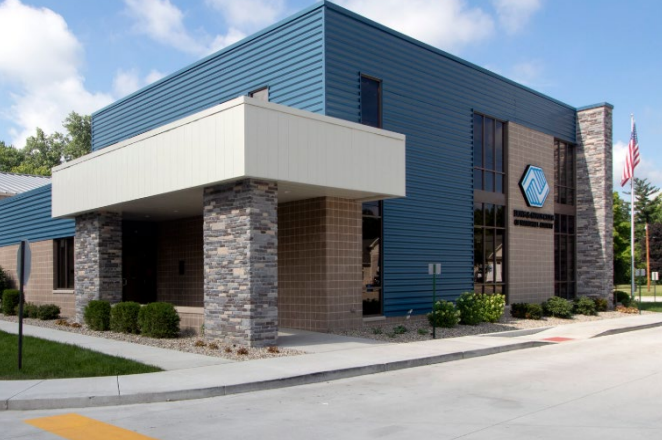
Aluminum Composite Panels (ACP) - Known as sandwich panels, aluminum composite panels (ACP)are composed of coated or anodized aluminum composite. This material ACM is a stiff sheet composed of two pre-finished aluminum sheets joined to a polyethylene core. ACPs are widely utilized for building facades and external cladding. They are often employed in circumstances where it is necessary to use a low-weight material yet nevertheless maximize mechanical functionality and durability.
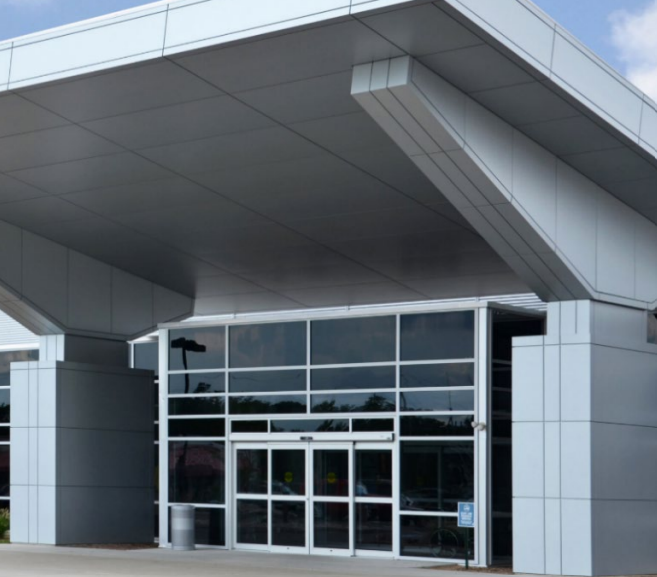
Insulated Metal Panels (IMP) - This type of material are lightweight composite exterior wall and roof panels with metal skins and an insulating foam core. In comparison to alternative wall assemblies, these panels are more cost-effective to install because to their exceptional spanning capabilities, one-pass installation, and superior insulating qualities. Because IMPs come in so many different colors, widths, profiles, and finishes, they may almost be used to achieve any type of aesthetic for walls and roofs.
Ground Face Masonry Block - ground face blocks have one or more faces ground, giving them a rich, distinctive finish that is impossible to replicate. A unique additive is applied throughout the finishing process to delay efflorescence, preserving their natural beauty. Ground Face Blocks are low maintenance since they come in an array of colors, chamfers, sills, scoring patterns, and unique shapes that give the design expert maximum versatility while building concrete masonry.
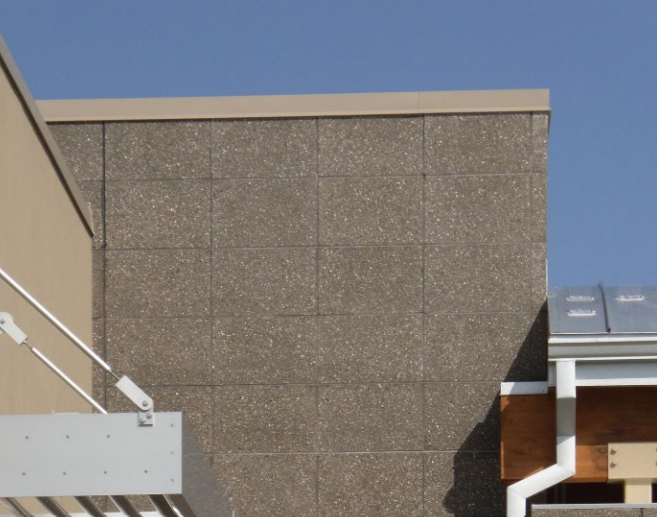
Timber - Because of its adaptability, diversity, and aesthetic qualities, timber—possibly the first building material—retains its position as the industry standard. Forests encompass about 20% of the planet's surface area, with two thirds of those forests being hardwoods in moderate and tropical temperatures and one third being softwoods in temperate and colder climates.
Timbers can also be considered to be used structurally, here are the following samples where timber can be used in structure.
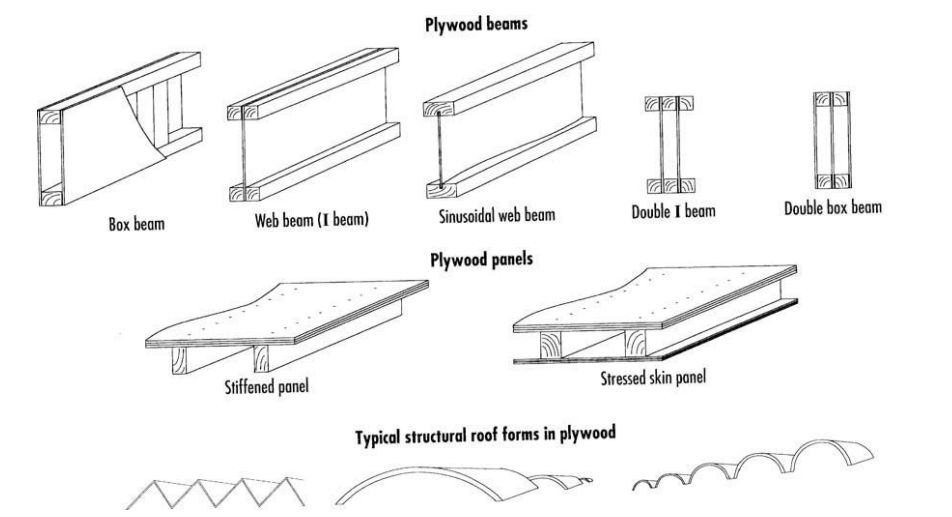
Ceramics - Ceramic materials, manufactured from fired clay, have been used in construction since at least 4000 BC in Egypt. The roof of the spectacular Sydney Opera House is surfaced with white ceramic tiles which reflect the changing light associated with the time of day.
Glass - By the late twentieth century, with the advent of fully glazed facades, as illustrated by the Faculty of Law building at the University of Cambridge and The Gherkin (see the images below) the construction industry had become a major consumer of new glass.
It is evident that choosing the right materials for your building project requires careful consideration of a number of aspects. It's crucial to make sure the architect you choose for your project has experience creating the style of the building. To realize your idea, get more tips in our Instagram channel 07sketches-Architecture&Design (@07sketches) • Instagram photos and videos, click here for more handful ideas!
Written by: Queen Vhylette Orbillo
Over 9,000+ copies sold, get your e-book copy now!







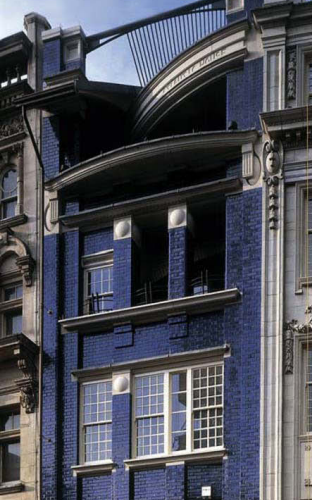























Comments